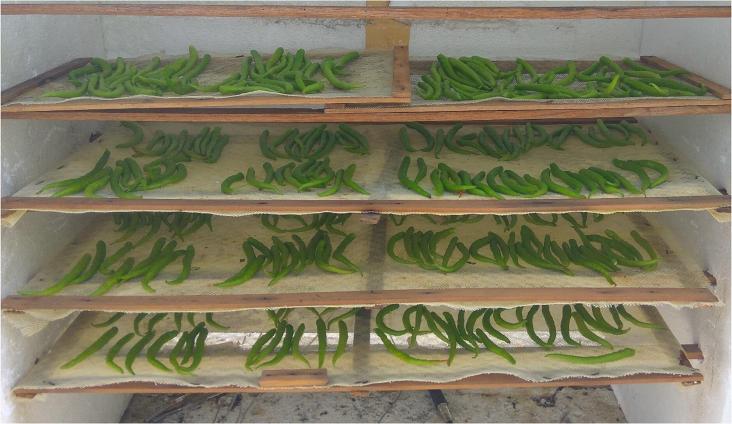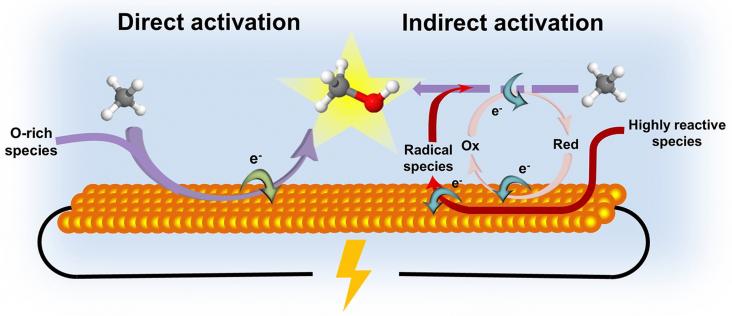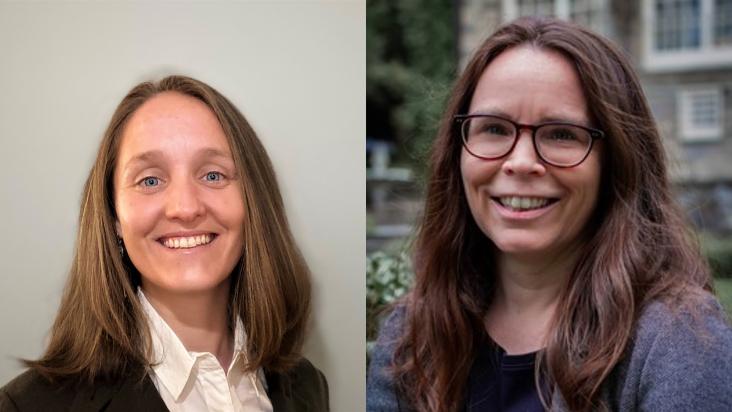Renewable energies have been discussed as the main efficient solution for solving many issues regarding climate change.
This article supports SDGs 7 and 9 by introducing interpretable artificial intelligence (AI) tools, especially proxy models based on artificial neural networks, efficient variable analysis and optimal value prediction of membrane electrode components in proton exchange membrane fuel cells, thereby improving their performance and reducing computational costs.
UK mechanisms touching on sustainable development are generally based on, and have as their over-arching objective, some variation of the so-called “Brundtland definition”. These mechanisms also widely reference the three interconnected ‘pillars’ of sustainable development, also known as the ‘triple bottom line’ of sustainable development. The UK approach has a bearing on all SDGs and in particular, SDGs 9, 10 and 13.
Heightened emphasis on transparency and accountability through corporate governance and disclosure has renewed the focus on the ‘triple bottom line’—environmental, social and economic impacts. Environmental, social and corporate governance (ESG) reporting generally measures the sustainability and ethical performance of a company. There is increasing interest in the ESG performance of companies by various stakeholders. A range of mechanisms exist to shape CSR and foment voluntary reporting by companies on their ESG performance. Adhering to one such framework heightens credibility, and a proactive approach to sustainability presents opportunities while ensuring a company’s preparedness to embrace evolving legal requirements.
The review examined the potential of renewable and non-renewable energy resources and the current state of exploitation in Kenya.
This chapter advances SDG 6 by discussing recent advancement in the usage of nanocellulose as an adsorbent for water and wastewater treatment and by highlighting current challenges and limitations related to nanocellulose derived material applications at an industrial scale.
This chapter advances SDG 6 by presenting an overview of the development of polymeric adsorbents from different agrowastes along with used physical and methods with their success and shortcomings.

The energy, exergy and economic analysis of indirect type solar dryer (ITSD) was performed while drying green chilli under forced and natural convection.

The direct conversion of methane to methanol is very promising to achieve a decarbonized future but remains a great challenge.

